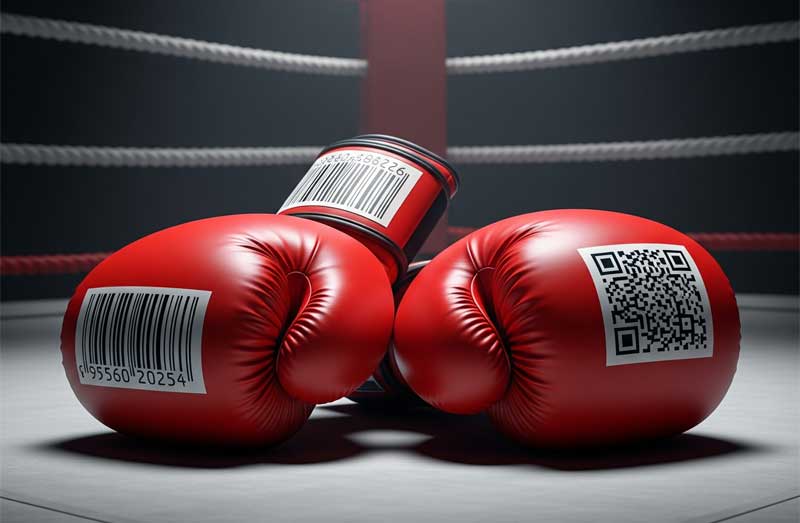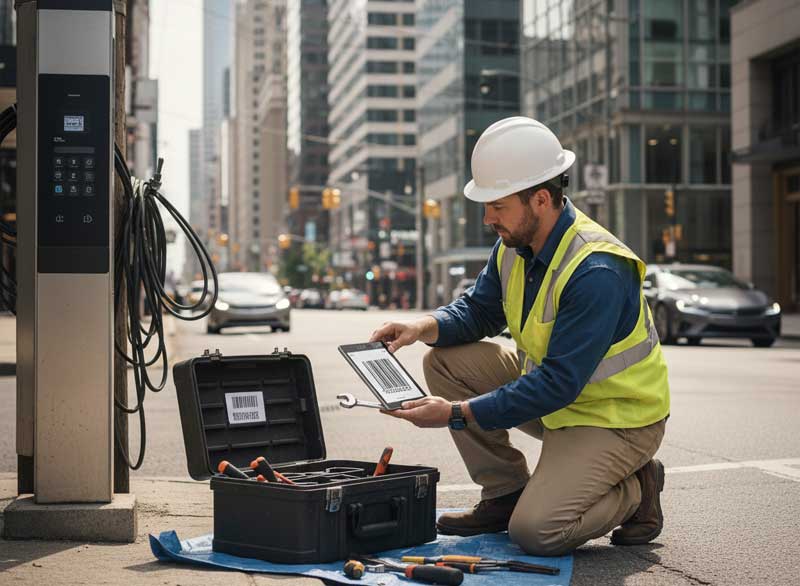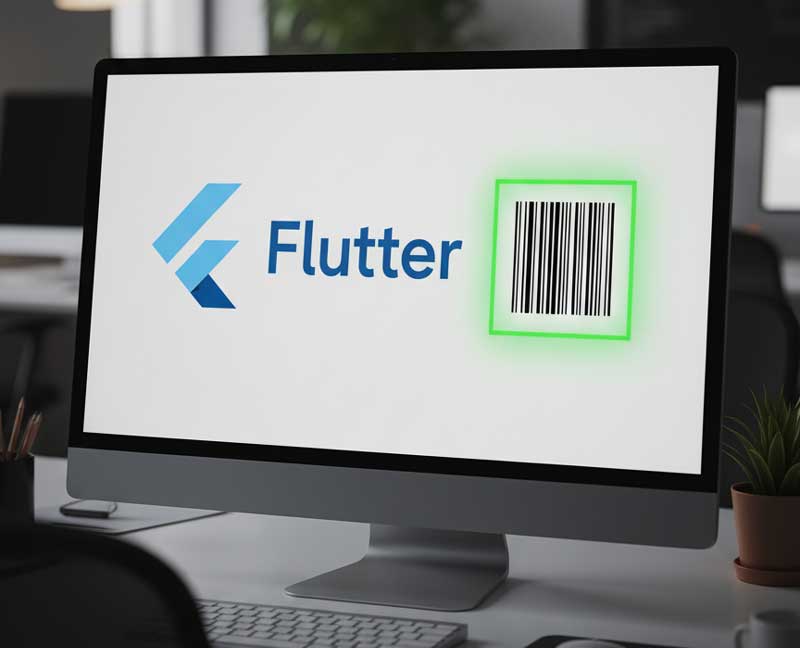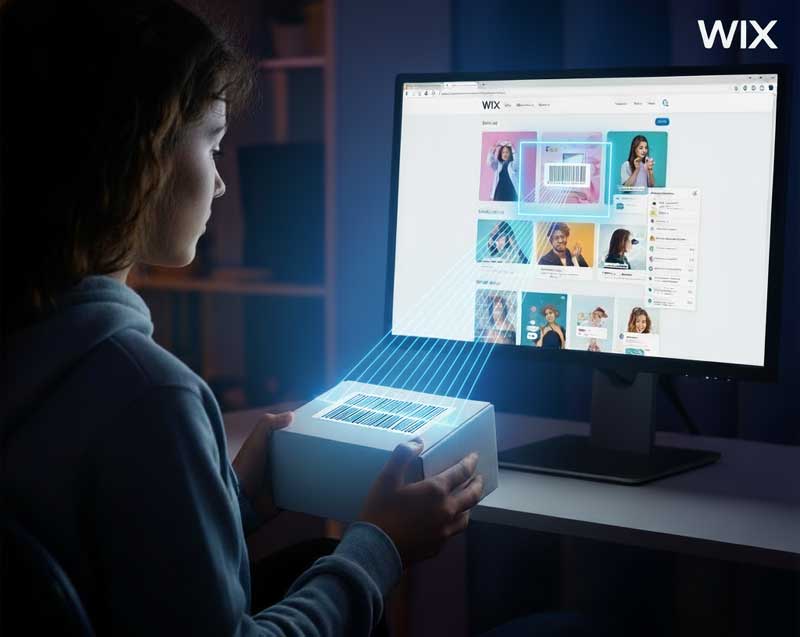
Barcodes are one of the most effective methods to identify, follow, and control goods. But in 2025, businesses have more options than ever. The original 1D (linear) barcodes are still in common use, although 2D (matrix) codes have become more popular because of their flexibility and information content. Which one you should choose depends on your industry, your infrastructure, and how much you want to scale.
What Are 1D Barcodes?



1D barcodes are those traditional, up-and-down lines that most people think of when it comes to store packaging. They save data in a linear way—horizontally—and fundamentally are product identifiers associated with a database. An example of the common is the UPC and EAN codes.
Advantages of 1D barcodes:
- Cost-effective to print and scan.
- Compatible with scanners and POS systems everywhere.
- Great for high-volume retail and logistics.
Limitations of 1D barcodes:
- Modest data storage (typically mere numbers or short text strings).
- Need more physical space from labels.
- Will not keep detailed data without a database.
Barcode Scanning Tools: www.DataSymbol.com
Visit our website www.BarcodeTools.com to choose tools for creating barcodes.
Create barcod OnLine: www.BCMaker.com
What Are 2D Barcodes?



2D barcodes are two-dimensional barcodes, such as QR Code and Data Matrix, in which the data is encoded in two-dimensional appearing patterns by encoding vertically and horizontally. It means they can now store much more data, such as text, a URL, or even a binary blob.
Advantages of 2D barcodes:
- Have the capacity to store hundreds of times more in comparison to 1D barcodes.
- Allow direct encoding of information without database look-up.
- Readable even when partly corrupt (error protection built in).
- Scannable with all phones, tablets, and modern scanners.
Limitations of 2D barcodes:
- Need a scanner that uses an image-based or camera (not available in all legacy systems).
- There are other considerations, but print quality is paramount; very fine or blurred codes may be more difficult to scan.
- May require higher adoption costs if upgrading of infrastructures is needed.
Barcode Scanning Tools: www.DataSymbol.com
Barcode Creation Tools: www.BarcodeTools.com
Create barcod OnLine: www.BCMaker.com
Free Barcode Generator: Generator.BarcodeTools.com
Key Considerations in 2025
With the choice of 1D and 2D barcodes:
- Industry Standards: Retail is still predominantly based on 1D UPC/EAN codes and healthcare/manufacturing on 2D codes.
- Data Needs: If you simply want a product ID, get 1D. If you need to embed batch numbers, expiration dates, or YouTube links, stick with 2D.
- Scanning equipment: With imaging scanners, you can be compatible with both formats.
- Scalability: As technology increases its pressures on supply chains for more traceability, and consumers are looking for mobility, the 2D barcodes allow new capabilities.
In 2025: 1D barcodes continue to be the backbone of retail and logistics, but 2D barcodes have become the standard for more complex data management, traceability, and customer engagement. The right decision depends on a combination of your current needs and your long-term goals: if cost and compatibility mean the most to you, stick with 1D; if rich data, stronger resilience, and mobile-friendly interactions are more important, 2D is your better investment
Ready to get started?
Barcode Reader SDK Create Barcodes








